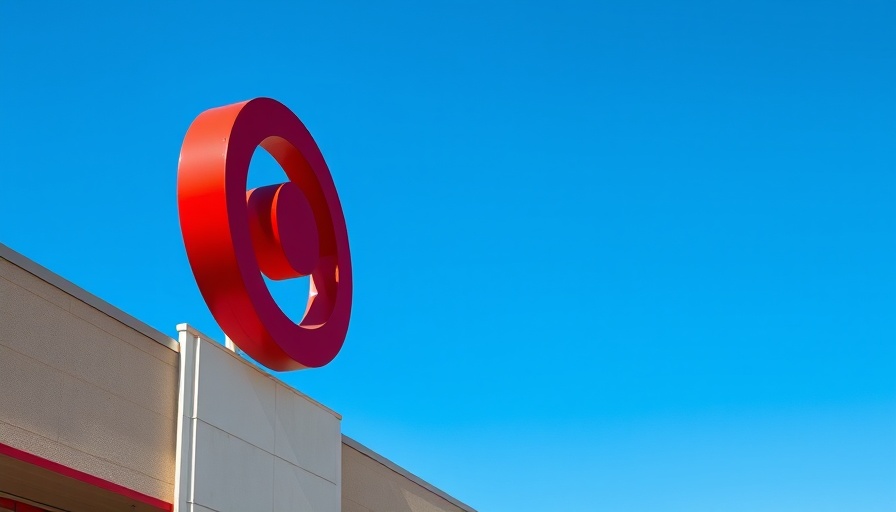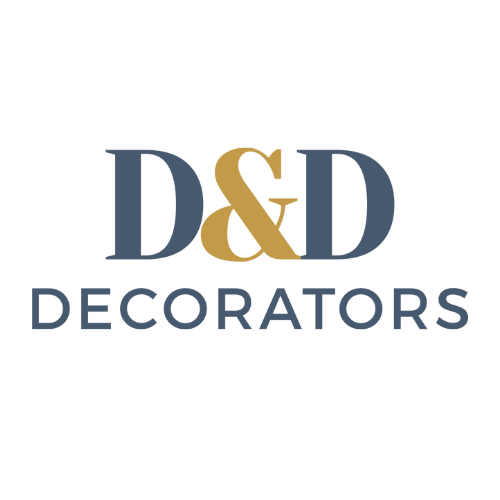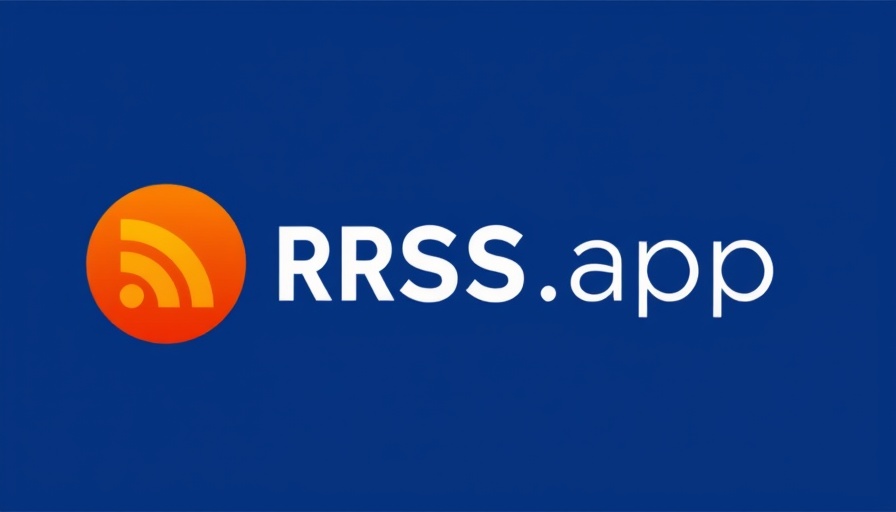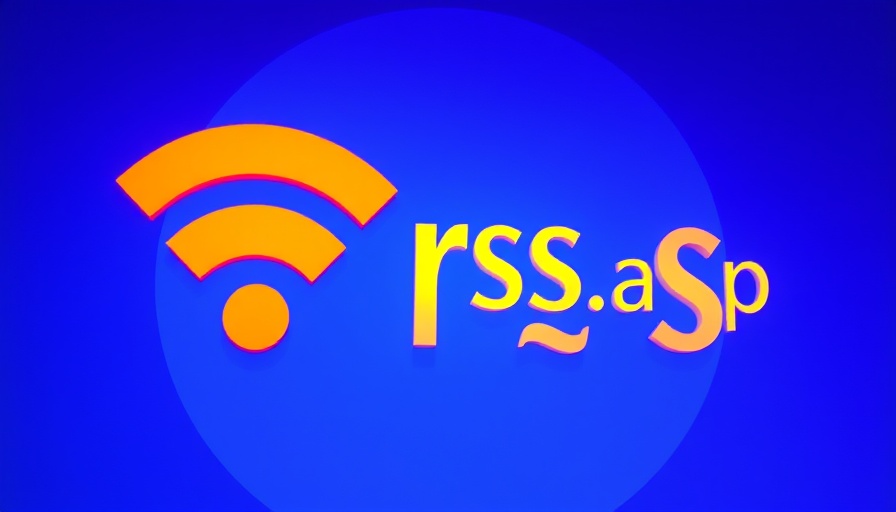
Target's Strategic Shift: Upgrading to Compete
In a bold move reminiscent of its earlier innovative strategies, Target is actively retooling its offerings in an effort to reclaim its customer base and achieve an ambitious sales target of $15 billion over the next five years. Following an internal assessment during a recent earnings call, executives recognized a shift in consumer sentiment. They reported having lost some of the "magic" that once drew customers to their stores. In response, Target officials announced a series of upgrades that would beautify the shopping experience while amplifying sales through enhanced loyalty opportunities.
Reinvigorating Circle Week: Deals That Don’t Disappoint
Starting March 23, Target will kick off an improved slate of Circle Week deals as part of their initiative to attract more shoppers and enhance the overall shopping experience. This promotional event, which started last year, directly correlates with their revamped rewards program aimed at reinvigorating customer loyalty. Circle Week offers compelling discounts on select items, ranging from household essentials to electronics, including well-loved brands and products that many consumers may find hard to resist.
The Loyalty Program Redefined
The introduction of the upgraded Target Circle program is deemed crucial in cementing customer loyalty and engagement. In 2024 alone, Target successfully added 13 million new Circle members, bringing the total to over 110 million. The renewed Circle membership program provides several perks including three months of complimentary Peacock Premium streaming service and access to deals prior to their launch for 360 subscribers. During Circle Week, shoppers can also enjoy a significant reduction in the annual fee for the 360 membership — a price point that the retailer hopes will attract bargain-seekers while establishing a richer subscriber base.
How Will Consumers React? Analyzing Sentiments
Reactions to these changes are mixed. Longtime shoppers have noted that they feel the circle rewards program has diminished in exclusivity, leading many to wonder whether the new perks effectively replace prior benefits. While improvements in the loyalty program appear necessary to stay competitive amid larger rivals such as Amazon and Walmart, there is a palpable skepticism among consumers and analysts about the effectiveness of these alterations in generating long-term loyalty.
Current Consumer Trends: The Challenge Ahead
The landscape in which Target operates has grown increasingly complex, with consumers becoming more discerning about where they spend their dollars. Economic pressures have forced many to limit spending on discretionary items. Retail consultants like Carol Spieckerman pointed out that the retailer’s recent efforts feel more like catching up than cutting-edge innovations. The expectation that loyalty program upgrades will drive substantial growth amidst a volatile market presents a formidable challenge for Target. Ensuring that they connect meaningfully with their customer base is vital as they move forward.
A Future Built on Innovation
As Target looks to the future, the integration of innovative products and collaborations will remain paramount. Expanding categories that appeal to customers, particularly those with higher growth potential, is critical in this competitive retail environment. Whether through partnerships with brands like Disney or the introduction of fresh offerings within the Good & Gather line, Target seeks to capture consumer interest while making strategic investments in both e-commerce and brick-and-mortar presence.
Target’s leadership is evidently eager to turn the tide, with CEO Brian Cornell expressing renewed excitement about the evolving direction of the retailer. While the journey to restore the retailer's shopping allure continues, the groundwork laid with the new Circle Week deals may serve as a catalyst for future growth. For Target to succeed, a combination of consumer-centric initiatives and bold strategies is mandatory as they leverage the revived Circle program to reach their ambitious goal of $15 billion in sales growth by 2030.
 Add Row
Add Row  Add
Add 




Write A Comment